Two substances previously not found on Earth have been identified and named.
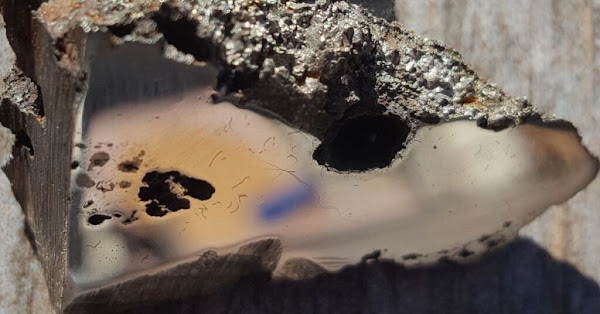
A giant meteorite that fell in Somalia in 2020 contains at least two minerals that have never before been seen on our planet. The minerals have been identified by researchers at the University of Alberta, according to a press release.
Tons of space material enters the Earth’s atmosphere every day but very few actually survive the journey through the atmosphere and hit the ground. Instead, they tend to burn up instantly from the outside in, as friction with the atmosphere causes them to ablate.
For this reason, few large meteorites reach the planet’s surface, and the one that fell near the town of El Ali in Somalia is definitely an exception. The celestial piece of rock weighs a massive 16.5 tons (15 tonnes), making it the ninth-largest meteorite ever found.
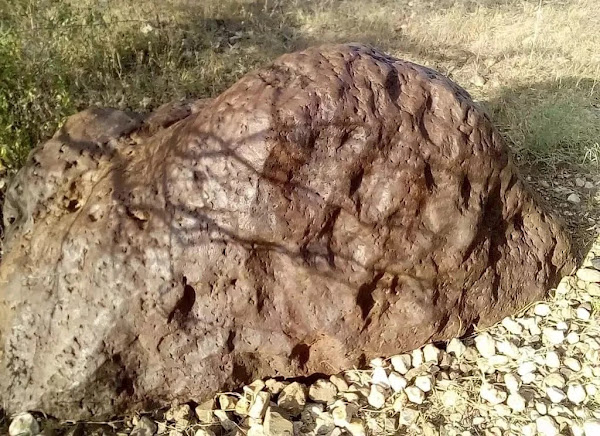
After a small piece of the meteorite weighing about 2.5 ounces (70 grams) was sent to the University of Alberta for classification, researchers identified two minerals that are not found on Earth.
“Whenever you find a new mineral, it means that the actual geological conditions, the chemistry of the rock, was different than what’s been found before,” said Chris Herd, a professor in the Department of Earth & Atmospheric Sciences and curator of the University of Alberta’s Meteorite Collection. “That’s what makes this exciting: In this particular meteorite you have two officially described minerals that are new to science.”
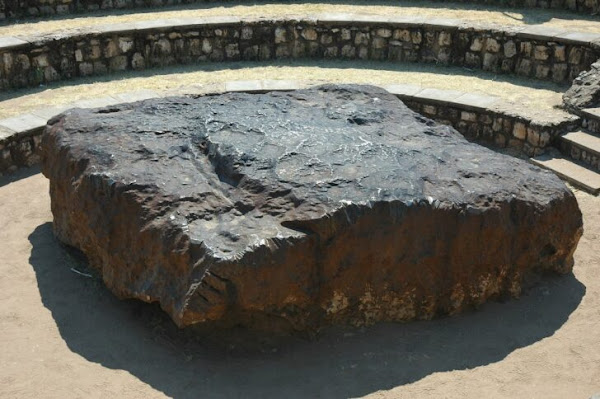
It usually takes a considerable amount of work to confirm the presence of a new mineral, but in this case, the two minerals identified had been synthetically created before. In this way, the team could match their compositions quickly to confirm their discovery. An initial analysis by the Electron Microprobe Laboratory at the University of Alberta also confirmed their presence in the meteorite.
The two newly discovered minerals have been named elaliite and elkinstantonite. The first receives its name from the meteorite itself, while the second mineral was named after professor Lindy Elkins-Tanton, principal investigator of NASA’s upcoming Psyche mission.
“Lindy has done a lot of work on how the cores of planets form, how these iron-nickel cores form, and the closest analog we have are iron meteorites,” Herd added. “So it made sense to name a mineral after her and recognize her contributions to science.”
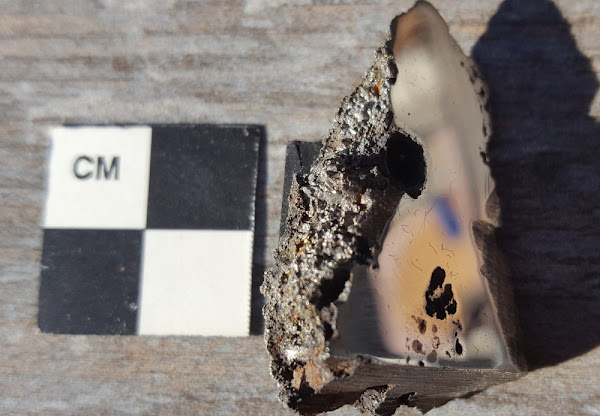
Interestingly, there is a third new mineral that is under consideration, and its presence can only be confirmed after further analysis of completed. If researchers were to obtain more samples from the massive meteorite, there’s a chance that even more might be found, Herd noted.
Unfortunately, it’s unlikely to happen soon though, as the El Ali meteorite has since reportedly been moved to China to be sold there. Whether a potential buyer would allow further samples to be taken for scientific purposes remains to be seen.

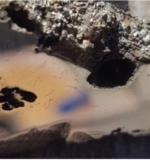





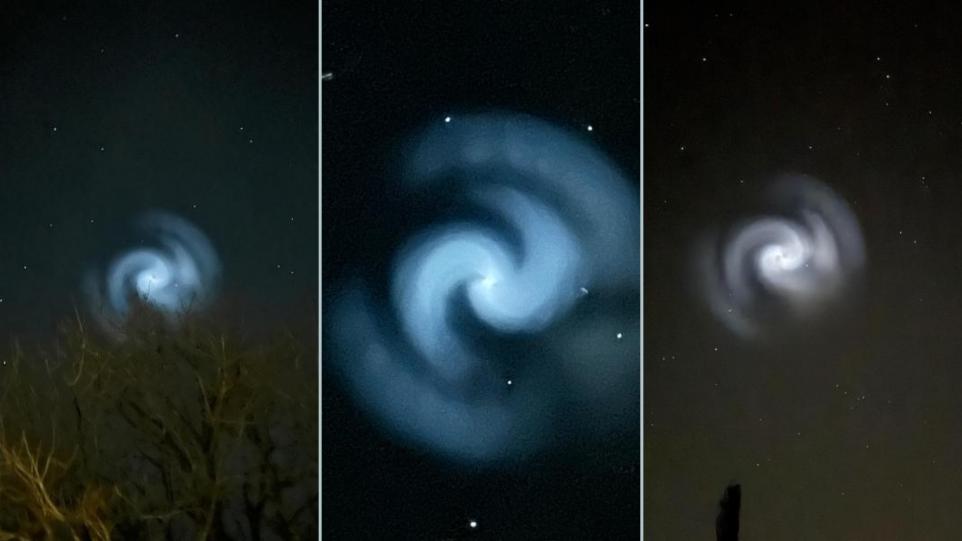
 Photographer Finds Locations Of 1960s Postcards To See How They Look Today, And The Difference Is Unbelievable
Photographer Finds Locations Of 1960s Postcards To See How They Look Today, And The Difference Is Unbelievable  Hij zet 3 IKEA kastjes tegen elkaar aan en maakt dit voor zijn vrouw…Wat een gaaf resultaat!!
Hij zet 3 IKEA kastjes tegen elkaar aan en maakt dit voor zijn vrouw…Wat een gaaf resultaat!!  Scientists Discover 512-Year-Old Shark, Which Would Be The Oldest Living Vertebrate On The Planet
Scientists Discover 512-Year-Old Shark, Which Would Be The Oldest Living Vertebrate On The Planet  Hus til salg er kun 22 kvadratmeter – men vent til du ser det indvendigt
Hus til salg er kun 22 kvadratmeter – men vent til du ser det indvendigt  Superknepet – så blir snuskiga ugnsformen som ny igen!
Superknepet – så blir snuskiga ugnsformen som ny igen!  Meteorite That Recently Fell in Somalia Turns Out to Contain Two Minerals Never Before Seen on Earth
Meteorite That Recently Fell in Somalia Turns Out to Contain Two Minerals Never Before Seen on Earth  Nearly Frozen Waves Captured On Camera By Nantucket Photographer
Nearly Frozen Waves Captured On Camera By Nantucket Photographer  It’s Official: Astronomers Have Discovered another Earth
It’s Official: Astronomers Have Discovered another Earth 